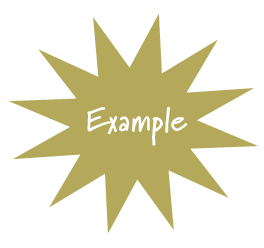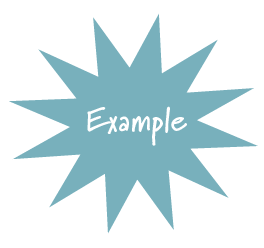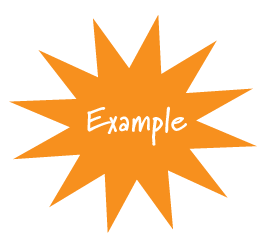
To communicate about benefits, compensation, and other HR topics, you can take a number of approaches: Convey facts and figures in a PowerPoint chart, for example. Or provide a bulleted list of key points. But have you considered using storytelling?
Storytelling is effective because it "radically alters the way information is processed," say psychologists Melanie Green and Tim Brock. In fact, according to Screenwriting Coach Robert McKee, storytelling "fulfills a profound human need to grasp the patterns of living—not merely as an intellectual exercise, but within a very personal, emotional experience."
Here are three ways to use storytelling in your communication:
|
1. Create fictional characters |
||
 |
For an incentive compensation guide for a sales organization, we created three characters to represent typical salespeople. Here's George: George works hard and exceeds his new patient event individual goal. He achieves 5 new patient events, worth 5 points, and reaches 125% attainment. |
|
|
2. Gather testimonials |
||
 |
For a communication campaign to increase participation in a wellness program, we solicited employee quotes. After my screening, I discovered I was at high risk for heart disease. I joined the walking program and lowered my blood pressure so that I don't need medication.—Janet from Finance |
|
|
3. Develop scenarios |
||
 |
For a manager's guide to performance management, we wrote three scenarios managers would need to deal with. Your pay is average for your salary range, which means your salary is in line with market averages for your job and your location. Therefore your current base salary will not change as a result of this new program. |
|



